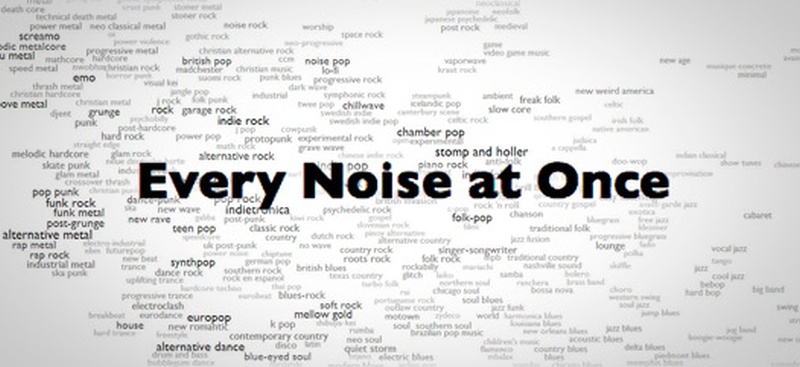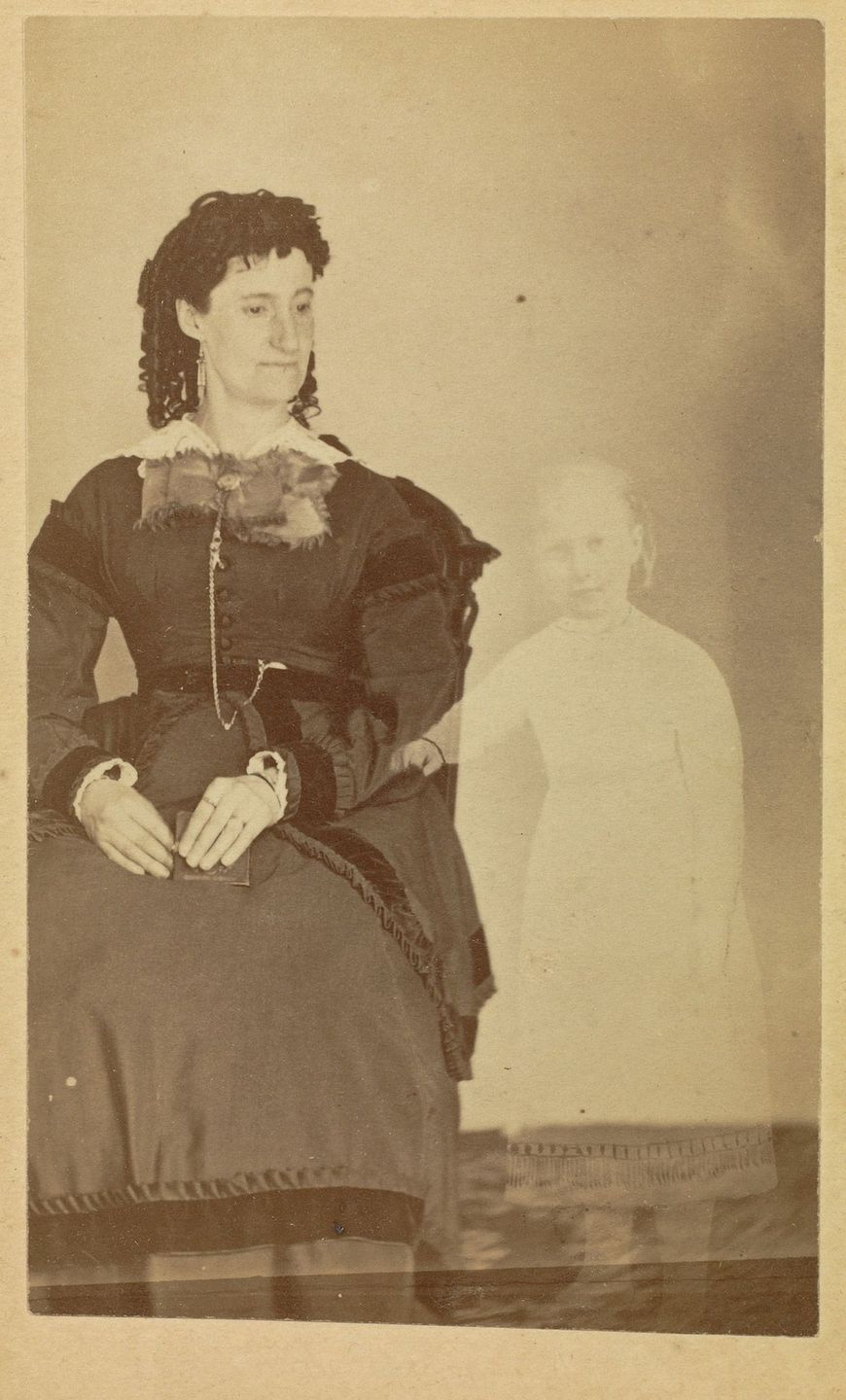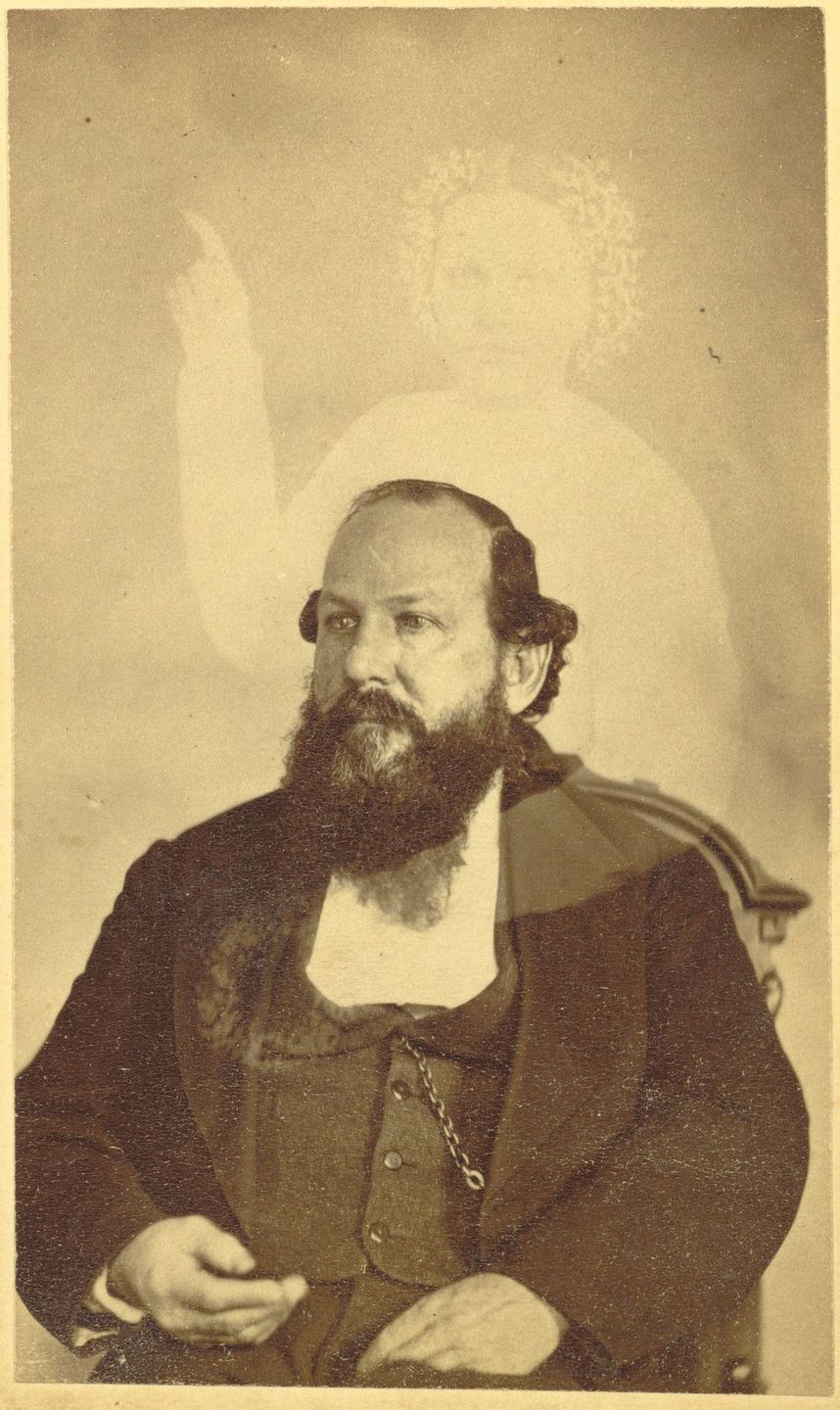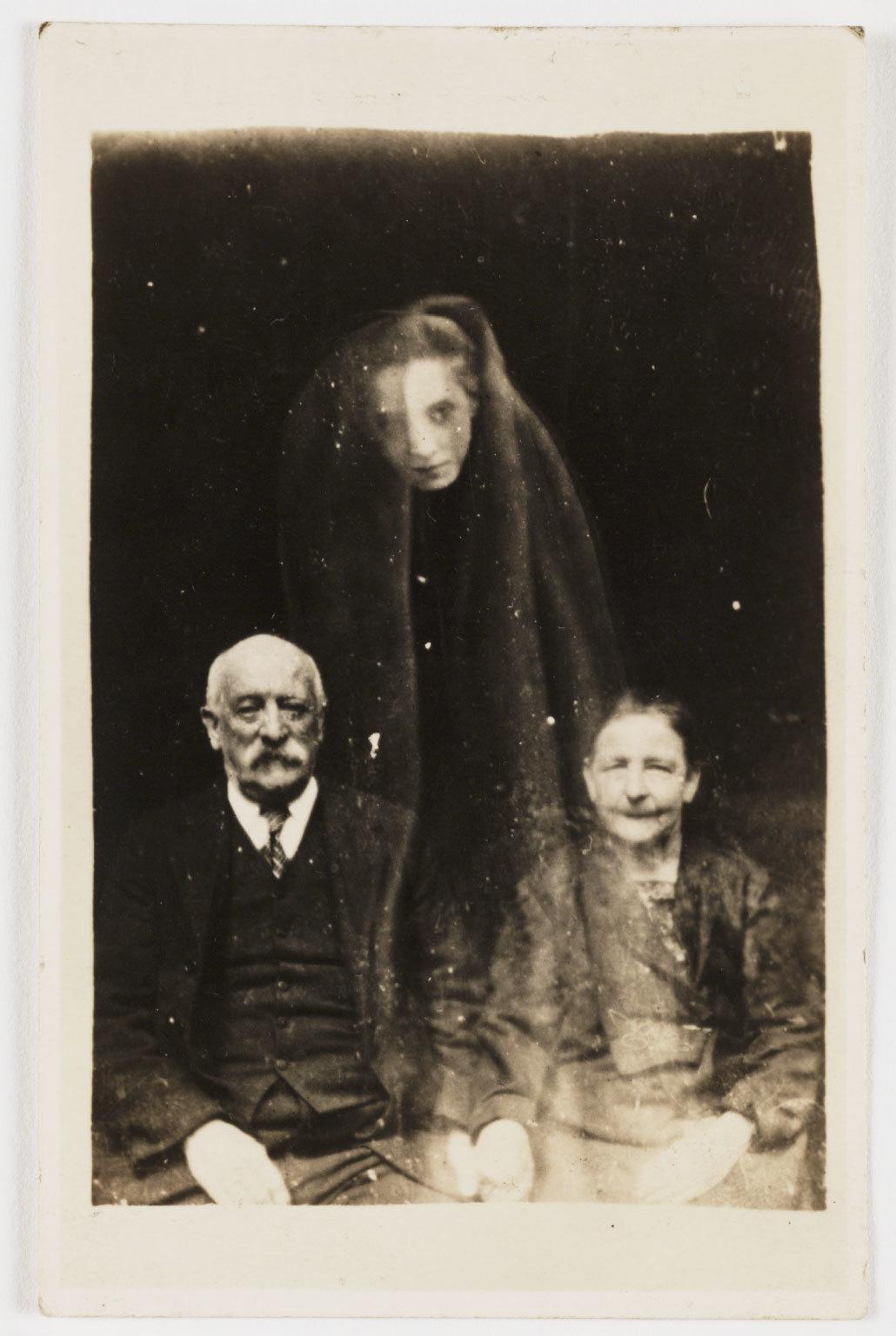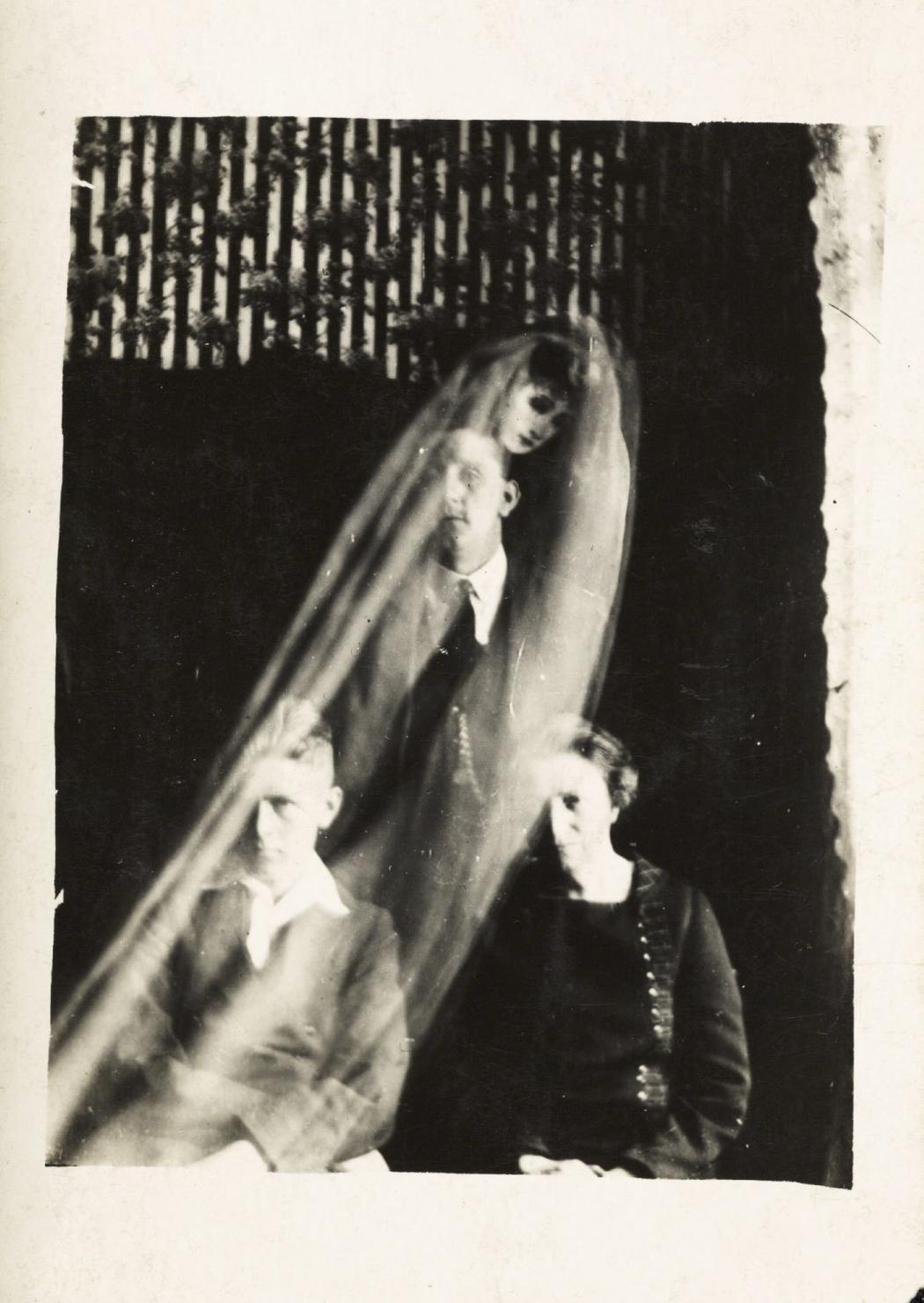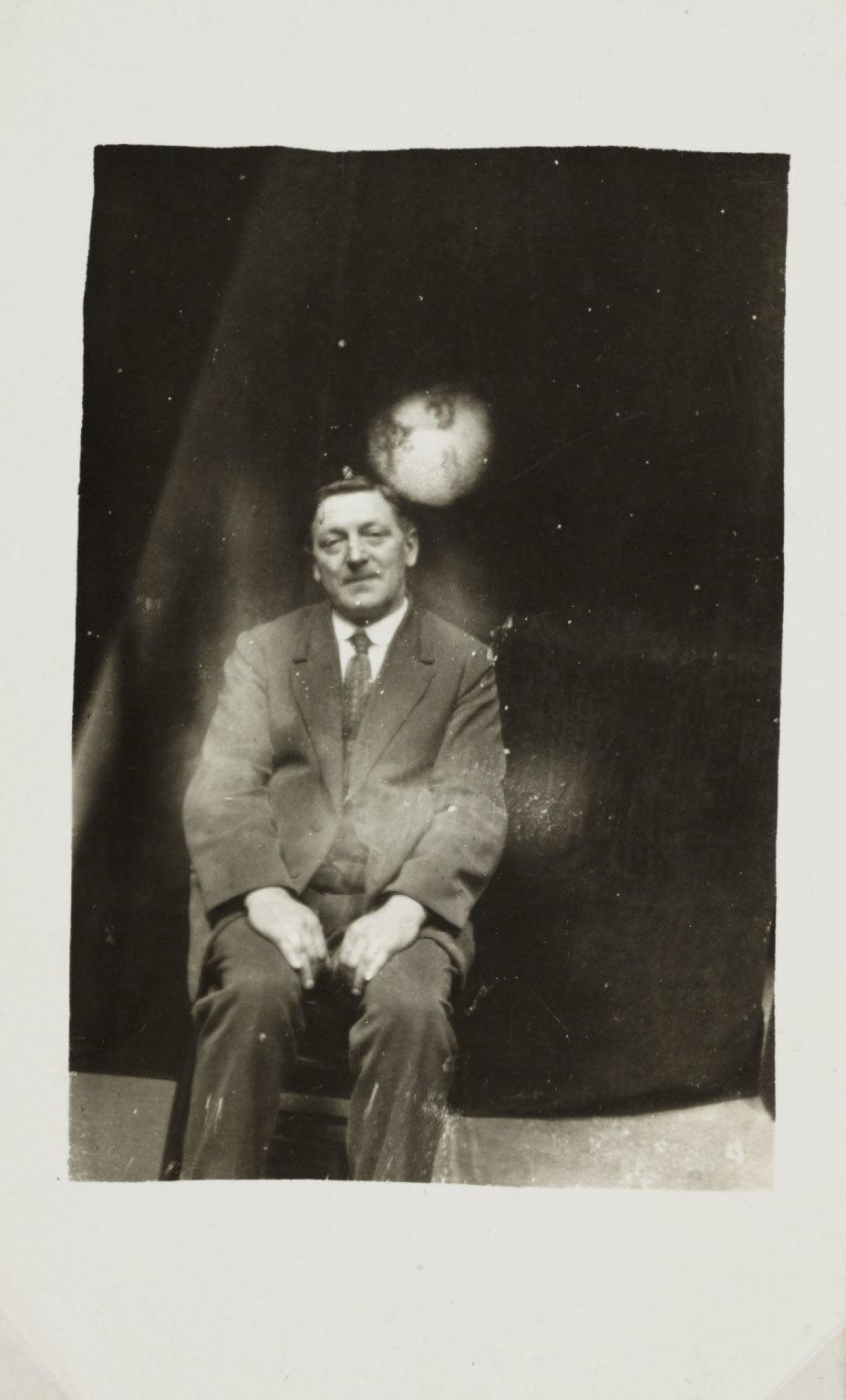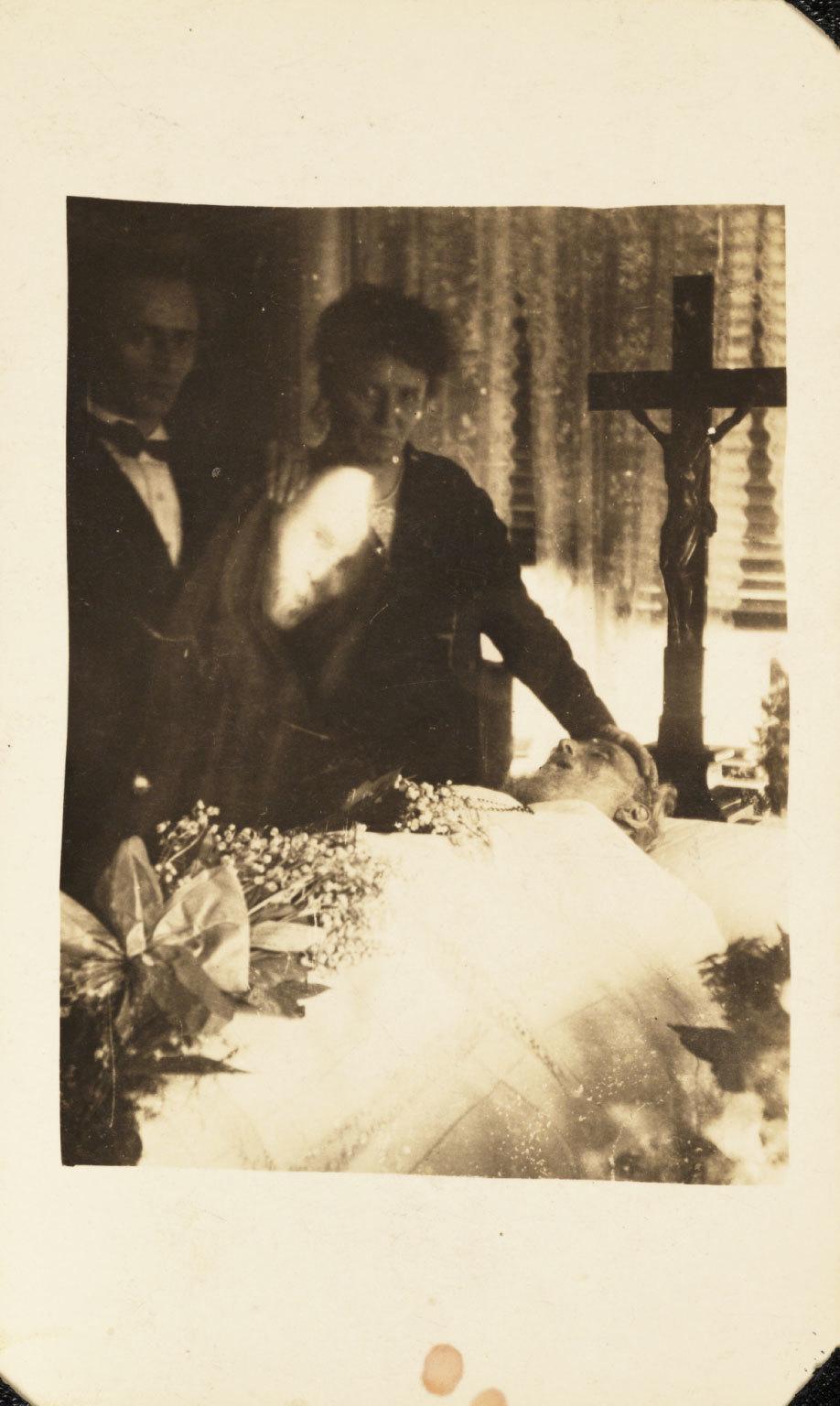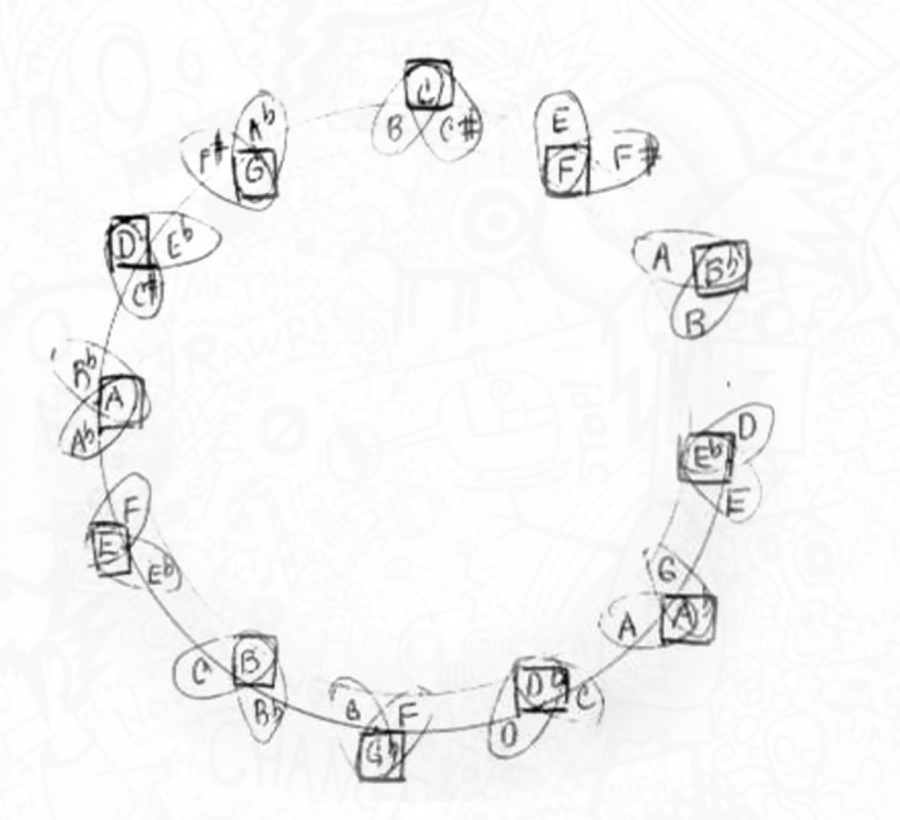Our country’s bipartisan system ensures that every election will give rise to a winning side and a losing side—and depressingly, a sizable group who refrained from casting a vote either way.
There are times when the divide between the factions does not seem insurmountable, when leaders in the highest positions of authority seem sincerely committed to reaching across the divide….
And then there are other times.
Earlier in the year, the Women’s March on Washington and its hundreds of sister marches gave many of us reason to hope. The numbers alone were inspiring.
But history shows how great numbers can go the other way too.
With many American high school history curriculums whizzing through World War II in a week, if that, it’s doubly important to slow down long enough to watch the 7 minute documentary above.
What you’re looking at is the 1939 “Pro-American Rally” (aka Pro-Nazi Rally) sponsored by the German American Bund at Madison Square Garden on George Washington’s 207th Birthday. Banners emblazoned with such slogans as “Stop Jewish Domination of Christian Americans,” “Wake Up America. Smash Jewish Communism,” and “1,000,000 Bund Members by 1940” decorated the great hall.
New York City Mayor Fiorello LaGuardia—an Episcopalian with a Jewish mother—considered canceling the event, but ultimately he, along with the American Jewish Committee and the American Civil Liberties Committee decreed that the Bund was exercising its right to free speech and free assembly.
A crowd of 20,000 filled the famous sports venue in mid-town Manhattan to capacity. 1,500 police officers were present to render the Garden “a fortress impregnable to anti-Nazis.” An estimated 100,000 counter-demonstrators were gathering outside.
Police Commissioner Lewis J. Valentine bragged to the press that “we have enough police here to stop a revolution.”
The most disturbing moment in the short film comes at the 3:50 mark, when another security force—the Bund’s Ordnungsdienst or “Order Service” pile on Isidore Greenbaum, a 26-year-old Jewish worker who rushed the podium where bundesführer Fritz Julius Kuhn was fanning the flames of hatred. Valentine’s men eventually pulled them off, just barely managing to save the “anti-Nazi” from the vicious beating he was undergoing.
Reportedly he was beaten again, as the crowd inside the Garden howled for his blood.
The uniformed youth performing a spontaneous hornpipe in the row behind the Bund’s drum and bugle corps is a chilling sight to see.
Director Marshall Curry was spurred to bring the historic footage to Field of Vision, a filmmaker-driven documentary unit that commissions short films as a rapid response to developing stories around the globe. In this case, the developing story was the “Unite the Right” white nationalist rally in Charlottesville, which had occurred a mere two days before.
“The footage is so powerful,” Curry told an interviewer, “it seems amazing that it isn’t a stock part of every high school history class. But I think the rally has slipped out of our collective memory in part because it’s scary and embarrassing. It tells a story about our country that we’d prefer to forget. We’d like to think that when Nazism rose up, all Americans were instantly appalled. But while the vast majority of Americans were appalled by the Nazis, there was also a significant group of Americans who were sympathetic to their white supremacist, anti-Semitic message. When you see 20,000 Americans gathering in Madison Square Garden you can be sure that many times that were passively supportive.”
Field of Vision co-founder Laura Poitras recalled how after meeting with Curry, “my first thought was, ‘we need to put this film in cinemas,’ and release it like a newsreel.”’ The Alamo Drafthouse cinema chain screened it before features on September 26 of this year.
The Atlantic has photos of the “Pro-American Rally” and other German American Bund-sponsored events in the days leading up to WWII here. Also read an account that appeared in a 1939 edition of The New York Times here.
The International Socialist Review covers the counter-demonstrations in many eyewitness quotes.
via PaleoFuture
Related Content:
Ayun Halliday is an author, illustrator, theater maker and Chief Primatologist of the East Village Inky zine. Follow her @AyunHalliday.
